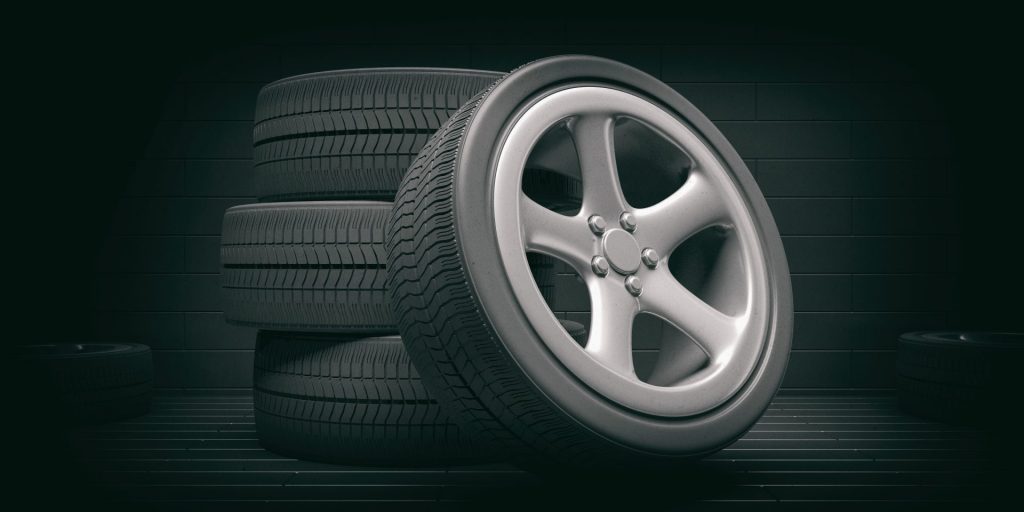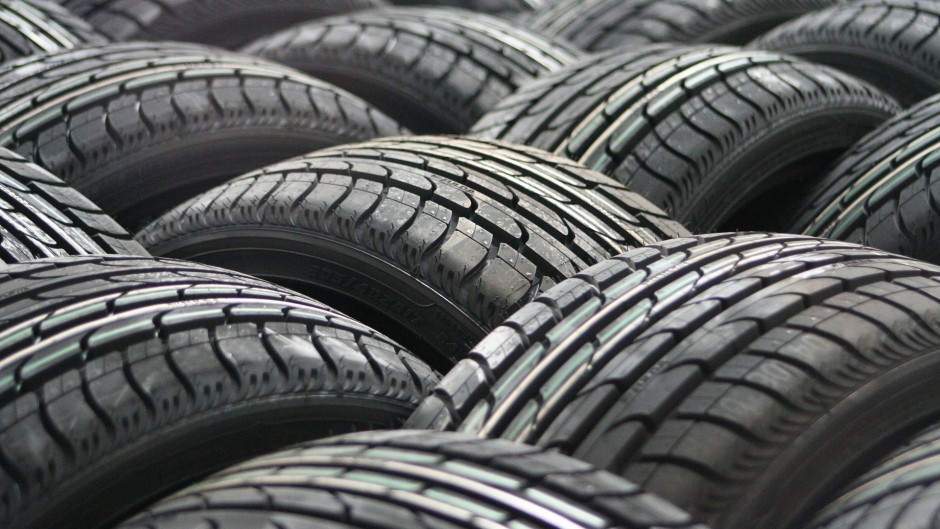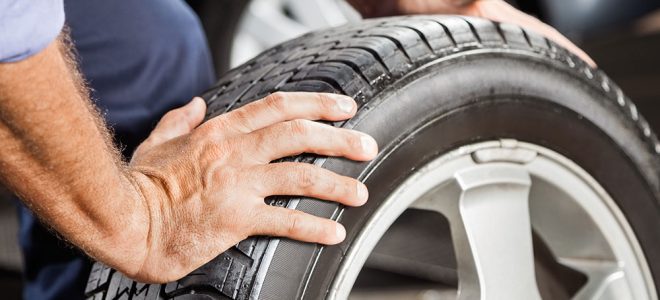Your tires are the only part of your car that has direct contact with the road, or at least it should be. Tires can affect your car’s handling, braking, ride, and overall safety. For the best performance, tiers must have the correct tread depth, balance, air pressure and the wheels of the vehicle must be properly aligned. Checking your tires regularly is a crucial step in protecting your automotive investment and safety. Ideally, tire inspections should at least be done once a month. If you usually drive over debris and potholes on the road, live in a cold climate or you often drive long distances, then you should inspect your tires at least two or three times a month.
Always make sure your tires are in order before a longer trip. The more often inspections are done, the easier it will be to find problems, such as glass, nail or pebble that pierced your tire, and fix it before it becomes a more time-consuming and expensive issue.
Signs of tire wear
Bad tire maintenance can lead to a flat tire, premature tire wear or even a blowout. Other factors can also affect tire wear. Wheel alignment and worn suspension parts play an important role in performance and tire wear.
Tire problems to look for during a visual inspection

Img source: haughtontyres.ie
- Underinflation
Too little air pressure can pose a problem because only the outer edges of the tire will come in contact with the road. This creates wear only on the edges of the tire tread, with much less wear in the center.
- Overinflation
Too much air pressure in a tire will result in only the middle section to come into contact with the road. This will create wear only in the center of the tread, with lesser wear at the edges of the tire.
- Erratic tread wear
This is usually called cupping and often means that either the shock absorbers, other suspension components that need to be replaced or that the wheel is out of balance.
- Tread wear on one side of the tire
This usually happens when the wheels are out of alignment. If you want to keep your tires in good condition, we recommend you check this website.
Tread inspection

Img source: ngtiresautomotive.com
Tires depend on their tread depth to shed water on wet roads and to maintain traction. It should be checked at least once a month for uneven and excessive wear. For a more accurate read, depth measurements should be done with a tread depth gauge usually available at a car parts store or a mechanic. When one gauge stops working, the problem may be in the gauge itself or a bad sensor, you can get the replacement of the parts available on dashboardinstrumentcluster.com to fix these problems.
Tire inflation inspection
Keeping your tires properly inflated is the best way to extend the life of your tires and maintain good gas mileage. Check your tire’s pressure at least once or twice a month with a good gauge that will measure the pressure in Psi or pounds-per square inch. There are three types of pressure gauges available. Dial, digital and pen/stick types. The dial and digital designs are usually more accurate and easier to read, although a pen/stick gauge will do its job without a problem. Pressure gauges at gas stations are abused and may be inaccurate.




